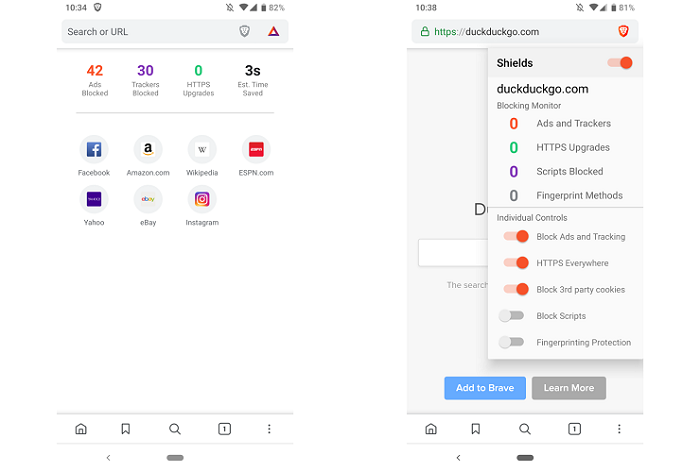


Each month, users can withdraw their BAT in the form of cash or pay it forward as a tip to their favourite content creators and websites with its manual tipping feature. Brave will keep track of the time a user spends on websites and then divide up the BAT to pay websites each month based on the calculated time. Users will be able to receive payments in the form of Brave’s BAT cryptocurrency that goes into the user’s Brave wallet. Brave keeps 15% of the revenue generated, and the remaining 15% go to advertising partners. The browser shares 75% of its revenue, where the user gets 15% and the publisher a 55%. With ad blocking, Brave scrubs websites of their ads and then replaces those slots with the ads it sells. Users have the option of turning on ads to replace targeted ads with generic ads for which the user will be paid in Brave crypto Basic Attention Tokens (BAT). Brave browser has built its model atop this need for privacy and data protection.īrave positions itself as a privacy-focused search engine, promising faster load times.

The unabashed collection of data has sparked a lot of conversations around privacy and surveillance. A huge part of tech companies’ revenue comes from user data.


 0 kommentar(er)
0 kommentar(er)
